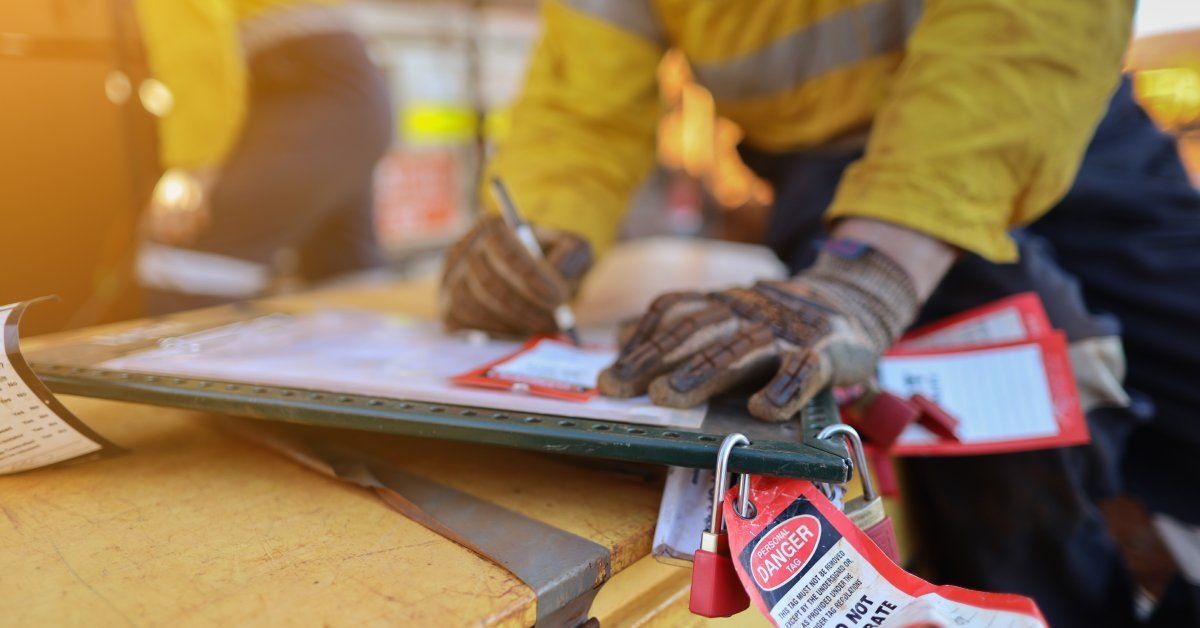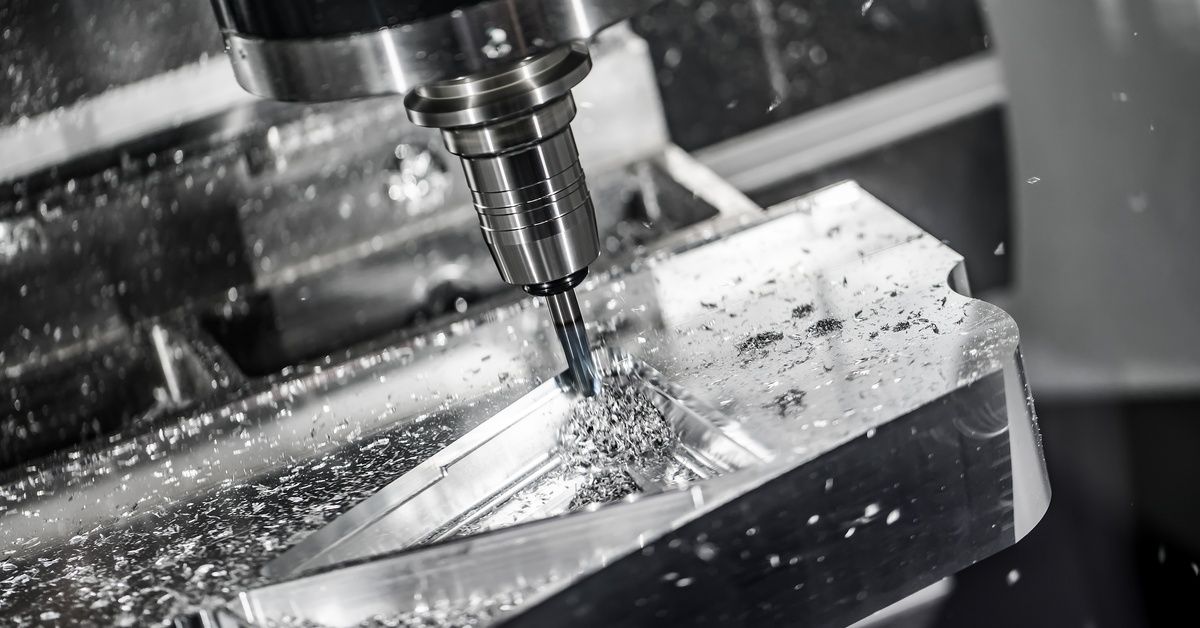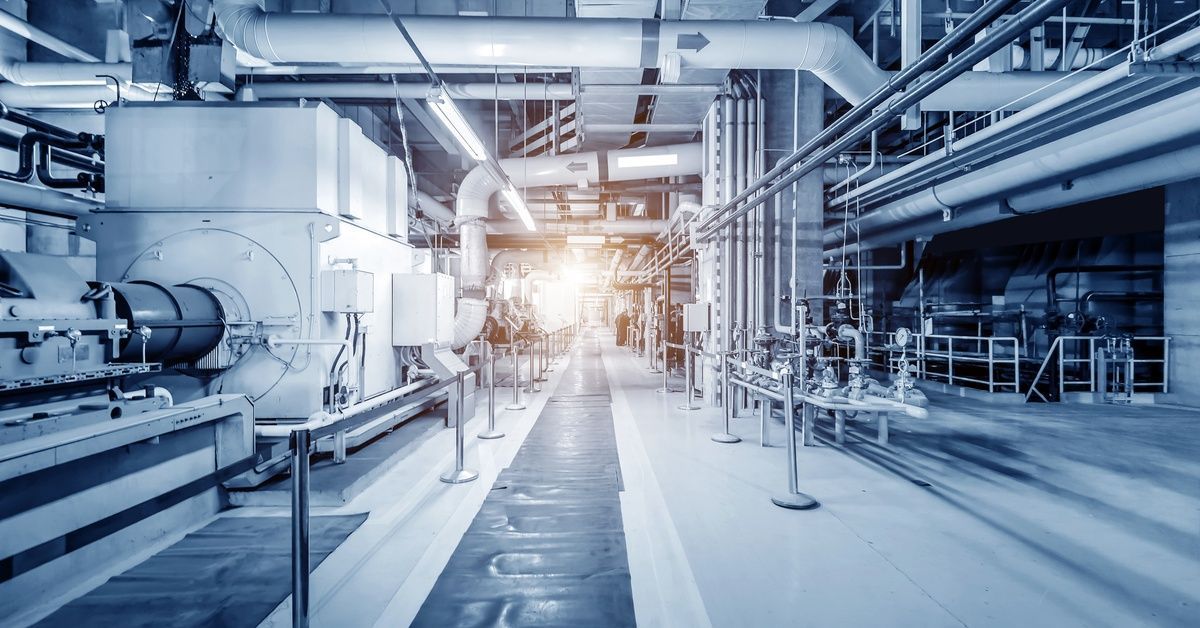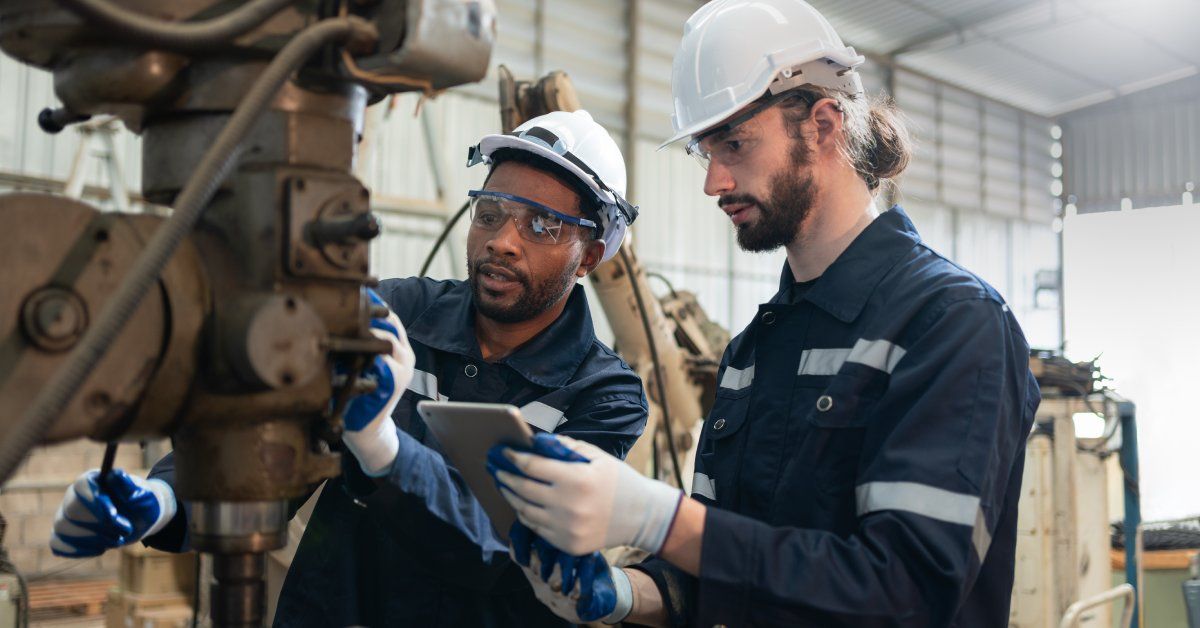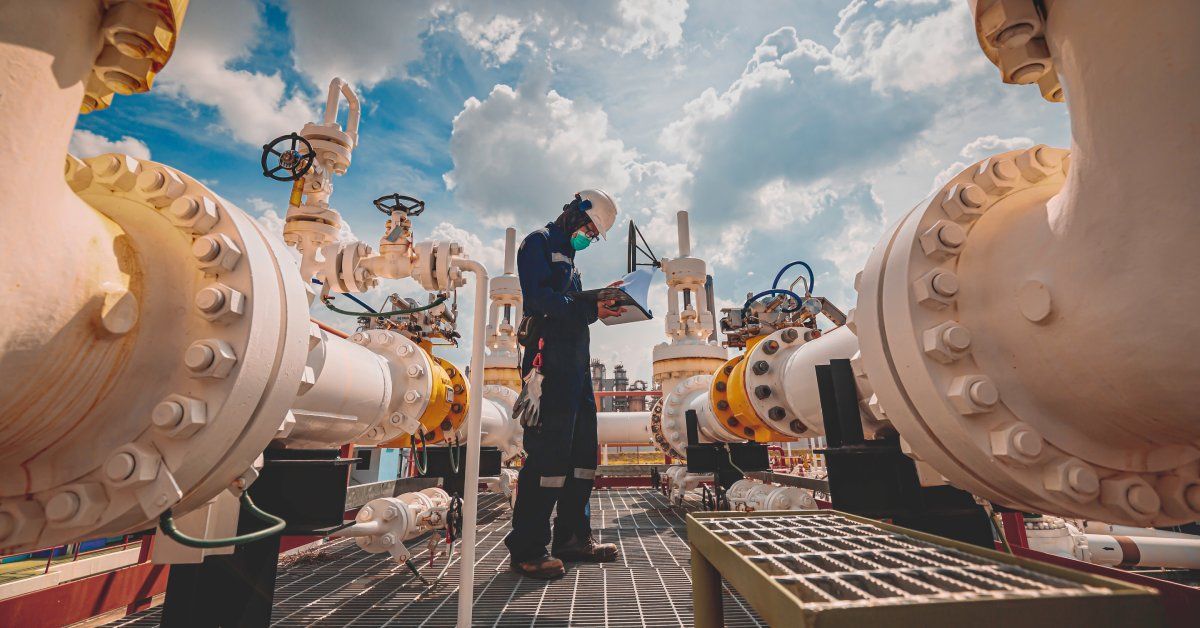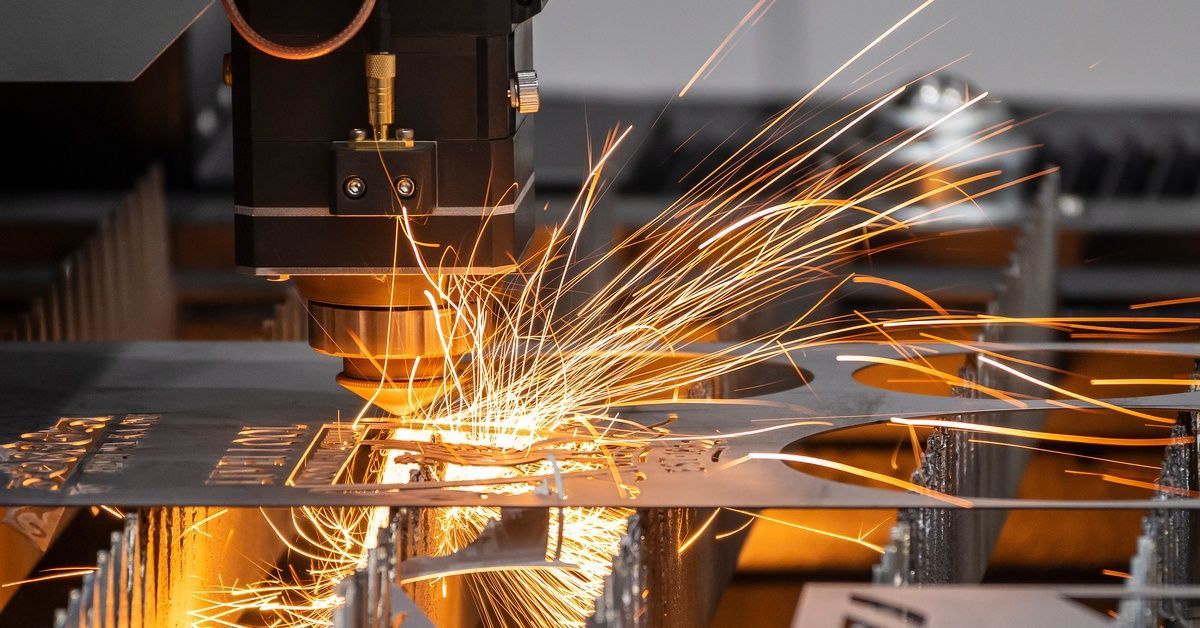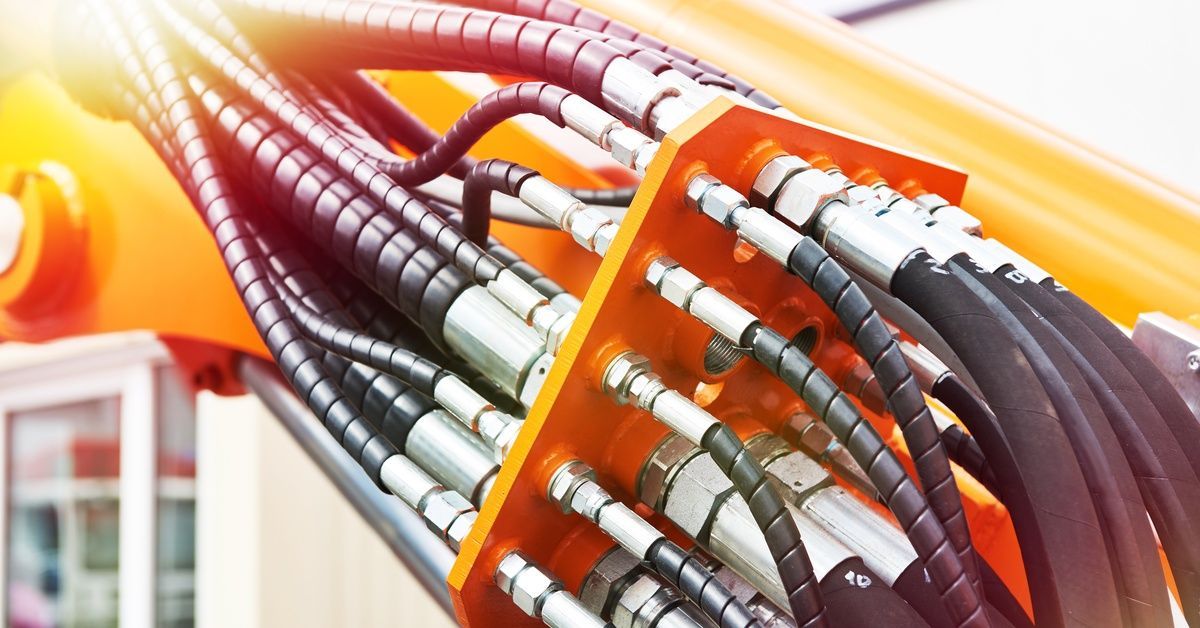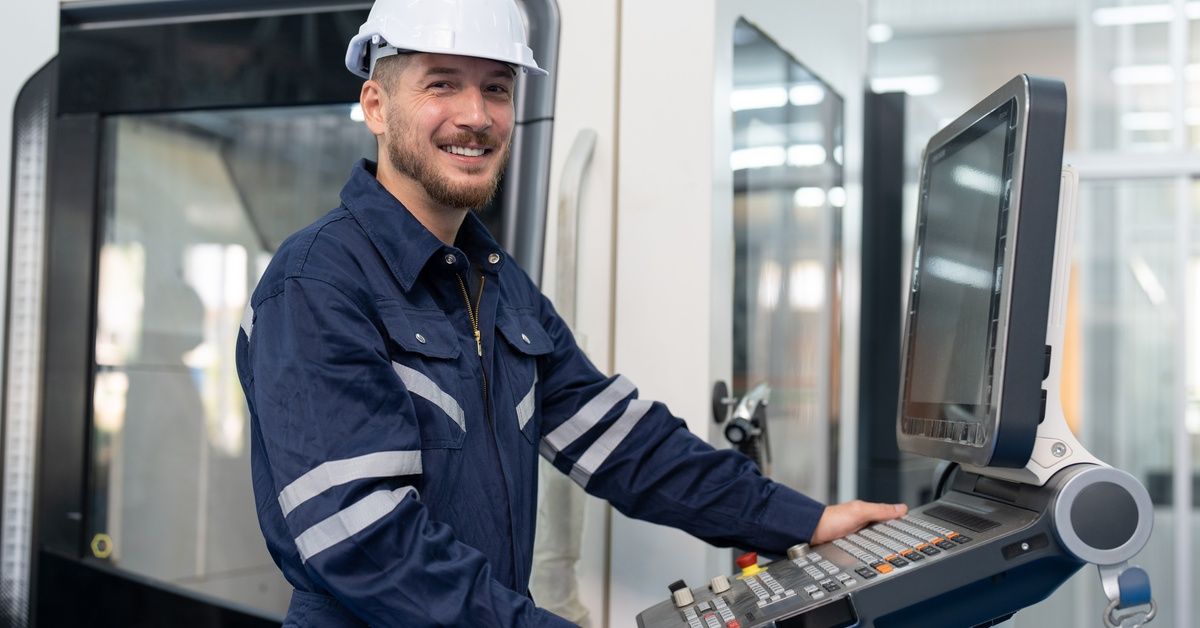How Agriculture Benefits From CNC Machining
The agriculture industry constantly evolves, with advancements in technology driving efficiency and productivity. One of the key contributors to modern agricultural innovation is computer numerical control (CNC) machining.
This advanced manufacturing method enables the precise and efficient production of complex components for agricultural machinery and tools. Agricultural business leaders rely on CNC-machined parts to ensure consistent performance and durability for planting, harvesting, and processing in order to deliver crops to their customers.
Explore how agriculture professionals benefit from CNC machining and key design considerations for agricultural components.
Common Applications of CNC Machining in Agriculture
Before we explore how agriculture benefits from CNC machining , we’ll outline some of the key applications where CNC machining produces components for farming machines.
Planting Equipment
Agricultural planting equipment, such as seed drills, planters, and tillers, requires high precision to optimize seed placement and soil preparation. CNC machining enables the creation of components, such as discs, blades, and shafts, with tight tolerances to meet specifications and support consistent seed placement and optimal planting efficiency.
Harvesting Equipment
Harvesting equipment—combine harvesters and balers—leverages CNC-machined components to maintain operational efficiency in outdoor environments. CNC machining produces the gears, blades, and mechanical parts essential to these machines, ensuring that harvesting equipment operates with minimal downtime and withstands the strain of repeated use.
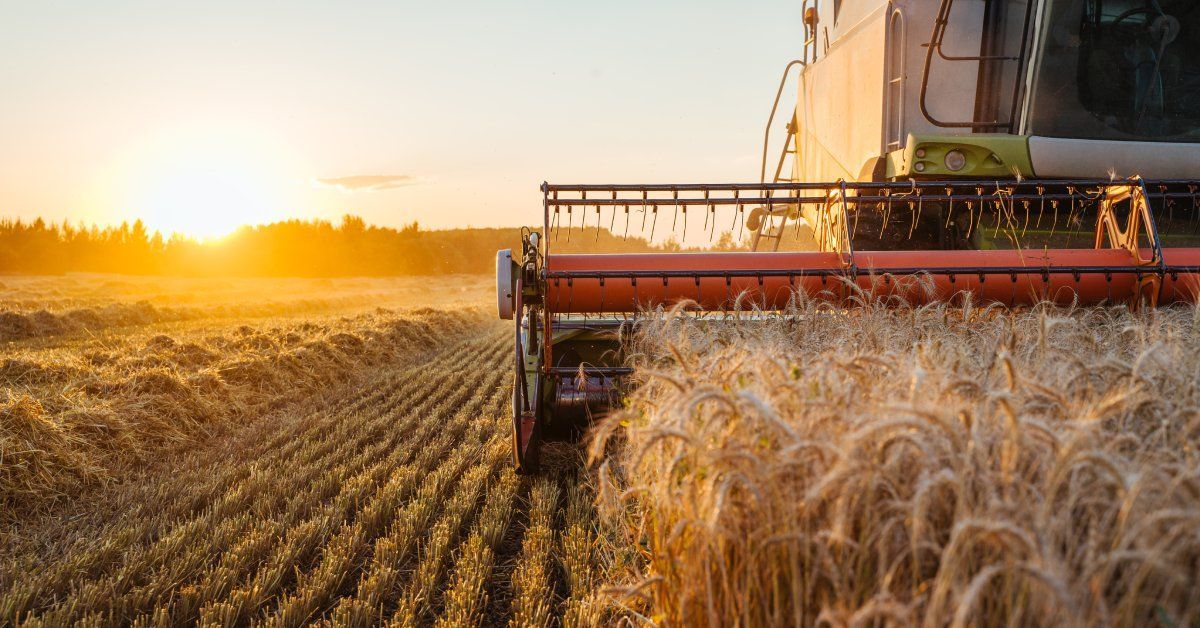
Irrigation Systems
Efficient irrigation systems are vital for maintaining soil health and giving plants adequate water. CNC machining produces the nozzles, valves, and fittings required for precise and consistent water distribution. This results in improved irrigation management and reduced water waste.
Smart Farming Equipment
Smart farming equipment, including GPS-guided tractors and autonomous machinery, relies on CNC-machined components to support cutting-edge technology. CNC machining facilitates the production of custom mechanical parts that integrate seamlessly with sensors, controllers, and automated systems. These custom components play a key role in enabling advanced features, such as precision farming, yield monitoring, and automated soil analysis.
Custom Mechanical Parts
While agricultural machinery often includes standardized parts, the need for custom mechanical components can arise based on operational or environmental requirements. CNC machining offers unparalleled flexibility in producing custom parts and specialized fittings with unique agricultural. CNC machining shops are indispensable resources for producing these customized pieces with the necessary durability and quality for long-term agricultural use.
Benefits of CNC Machining
CNC machining offers numerous advantages, from precision manufacturing to consistent reliability, for producing high-quality agricultural components. These benefits guarantee optimal performance and longevity in agricultural environments.
Manufacturing Precise Components
One of the most significant benefits of CNC machining for agriculture is its ability to manufacture precise components that meet exact design requirements. This is crucial for agricultural machinery, where even slight discrepancies can lead to performance inefficiencies or equipment failure. CNC machining’s accuracy maintains the seamless operation of critical parts in farming equipment.
Cost-Effective, High-Volume Production
CNC machining is ideal for manufacturing parts on a large scale while maintaining high quality. Once programmed, CNC machines can replicate designs accurately, making high-volume production more efficient and cost-effective. CNC machining offers optimal scalability while maintaining short production timelines.
Reduced Material Waste
The subtractive manufacturing process of CNC machining carves parts from raw materials by removing excess material to achieve the desired shape. This minimizes wasted materials during production, which is particularly beneficial when working with high-cost metals or specialized materials. By reducing waste, CNC machining supports sustainable practices within the agriculture industry.
Increased Component Consistency
CNC machining operates through pre-programmed code that controls the manufacturing process, reducing the likelihood of human error. This results in consistent components with identical specifications across multiple units. Consistent part quality is crucial to ensure reliability and prevent variability in agricultural machinery.
High Manufacturing Versatility
CNC machining is compatible with various materials, including steel and aluminum, as well as plastics and composite materials. Additionally, CNC machines can perform multiple machining methods, such as milling, turning, and drilling, and accommodate many part designs and functionalities. This adaptability makes CNC machining invaluable for addressing diverse agricultural manufacturing needs.
Design Considerations for Agricultural Components
When designing agricultural components, manufacturers must consider several factors to maintain functionality and durability. They have to select materials and machining processes that meet the needs of clients and the conditions of outdoor environments. Here are five aspects to consider before machining agricultural components:
Durability for Harsh Conditions
Agricultural components must withstand exposure to extreme temperatures, soil abrasion, and impact. Designers should prioritize materials and machining methods that enhance durability so that parts remain operational under demanding conditions.
Corrosion Resistance
Corrosion resistance is crucial for components that are regularly exposed to moisture, chemicals, or fertilizers. Stainless steel and corrosion-resistant coatings are ideal to enhance longevity. CNC machining is responsible for creating components with these properties, resulting in equipment with a long service life.
Ease of Maintenance
Equipment downtime can hinder productivity. Simplified maintenance procedures support quicker troubleshooting and repairs, reduce labor costs, and prolong the lifespan of the components. Well-designed, easily maintainable parts contribute to the efficiency and reliability of machinery in farming environments.
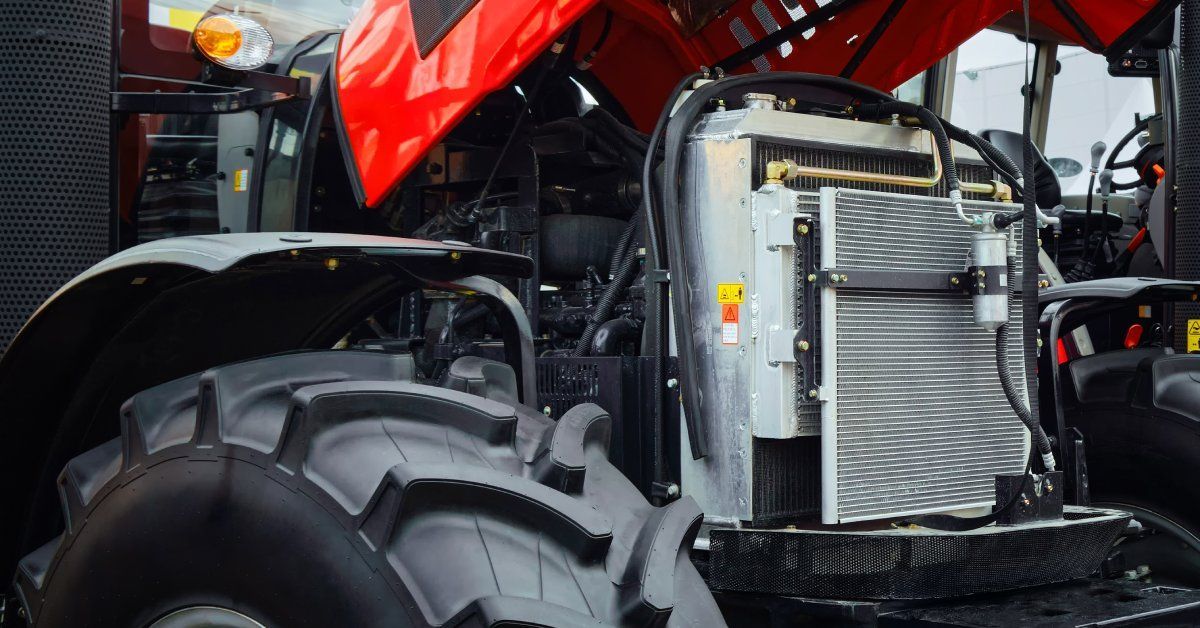
Load-Bearing Capacity
Heavy-duty agricultural machinery endures immense loads and high-impact operations. Designing components with sufficient load-bearing capacity is critical for preventing equipment failure under pressure. CNC machining enables the creation of sturdy components using materials and methods optimized to handle the stresses of agricultural applications.
Safety Standard Compliance
Professionals in the agriculture industry must prioritize safety to protect workers and reduce liability risks. Agricultural components call for precise design and manufacturing processes. CNC machining ensures adherence to the safety standards of the agriculture industry while enabling the production of reliable, high-quality parts.
CNC Machining Services for Agriculture
CNC machining is a powerful tool for driving innovation and efficiency in the agricultural sector. This technology enables the development of durable, precise, and versatile components for modern agricultural machinery. By collaborating with CNC machining experts, James Manufacturing can help farmers identify the best materials and machining methods to produce long-lasting parts that thrive in demanding agricultural environments.
At James Manufacturing, we assist clients across various industries within the Dallas-Fort Worth metroplex by designing and machining custom components tailored to their operational needs. Contact us today to discuss your goals for CNC-machined parts and how we can enhance your production output.
